Should you start a travel blog? If you are considering taking the plunge into travel writing, I highly recommend it. But you should go in knowing a few things before you get started. So, I asked several travel bloggers to share reasons why you should start a travel blog and why you shouldn’t.

Here are some reasons to start a travel blog
- You want to capture your experiences traveling
- You want to help others plan their travel
- You want to inspire others to travel
- You need a little push to travel more.
Here are some reasons to not start a travel blog
- To make money (though it is possible)
- To get free travel (its not worth the effort)
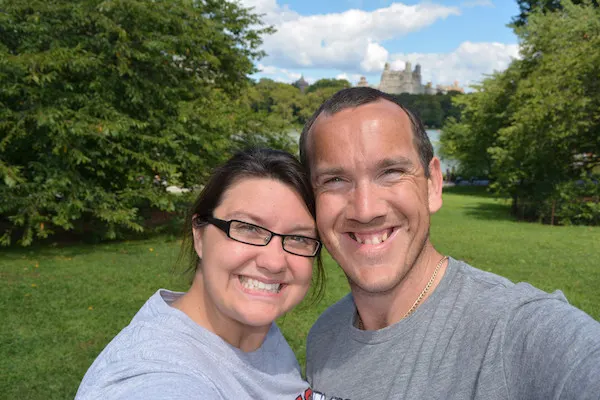
“The million-dollar question – “Should You Start A Travel Blog?” Well, let’s start by saying it’s not for everyone and there are a lot of stereotypes floating around that need to be dismissed immediately. Yes, running a successful travel blog can rewarding but at the same time it’s a lot (reiterating A LOT!) of work!”
-Chris and Heather Boothman – A Brit and a Southerner
You should start a travel blog because…
…it will give you a way to remember your travels
The first time I started a travel blog was when I went on my first solo trip that lasted about 3 months. In my last semester in college, I only had to take two classes online and my roommate hooked me up with flight benefits since he worked for JetBlue. I took off to Texas to visit some extended family, then went on to Boston, Lima, and to several places in Brazil.
I decided to start a blog so my family and friends would know what I was up to and so I would have a place to save photos and memories. Now my travel blog focuses on honeymoons and couples travel and gives me a way to document the trips my wife and I take together. If you are looking to create a travel blog, you will have a place to reminisce about all the great times you have had exploring.
“I traveled frequently with my grandmother when I was in my teens and early twenties. I was her only grandchild who enjoyed it as much as she did.
I usually bring sketchbooks and journals with me. As I was sketching the Alps in Innsbruck from our room on one snowy morning, my now 93-year-old grandmother confided to me on our last trip together (at a sprightly 84):
Always write down and photograph all of your adventures, once you reach my age they have all faded away and nothing will ever bring them back.”
Rosie Pringle – Wondrous Paths
In years to come, you’ll have a wonderful diary of your adventures. I started blogging some 6 years or so ago, but I wish I had started sooner. I can barely remember the two fabulous trips I did to India when I was young. Now my blog is a wonderful reminder of my adventures from watching grizzly bears in the Great Bear Rainforest to discovering Game of Thrones locations in Northern Ireland. I love looking back on my travel memories as much as I love sharing new ones.
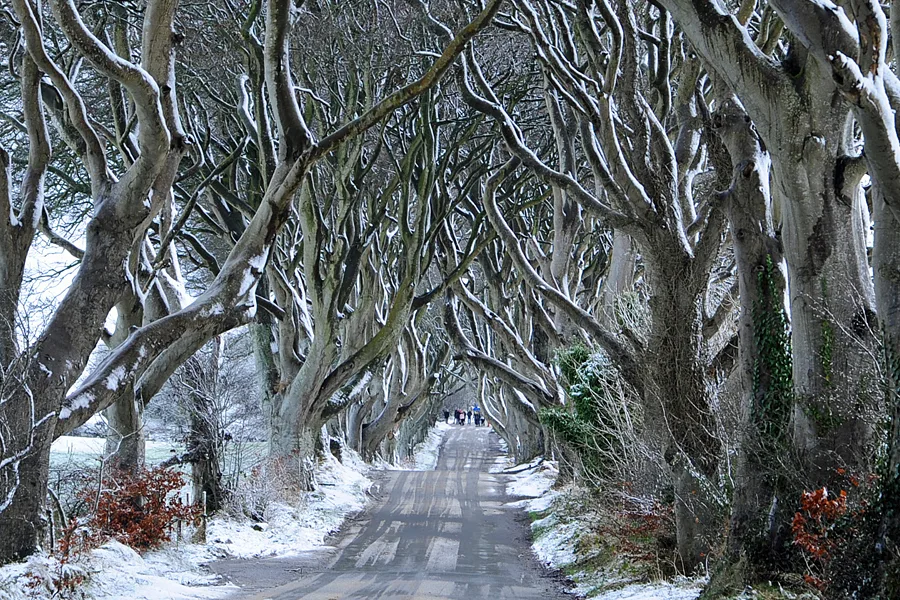
Kathryn – Travel With Kat
Moving to a new country is a great time to start a travel blog so that you can share all your experiences with your friends and family back home! The blog also acts as a journal for all your new experiences, culture shocks, and other adventures. Chances are what you’re doing in that new country is pretty niche so you might even find it easier to rank if you start a travel blog when you move to a new country. Plus, you are certain to take a few vacations to explore your new home meaning you’ll always have plenty of content to write about.
Mike Still – Live Travel Teach
“You should start a travel blog if you desire to document your journeys so you’re able to look back on your adventures like a digital scrapbook.”
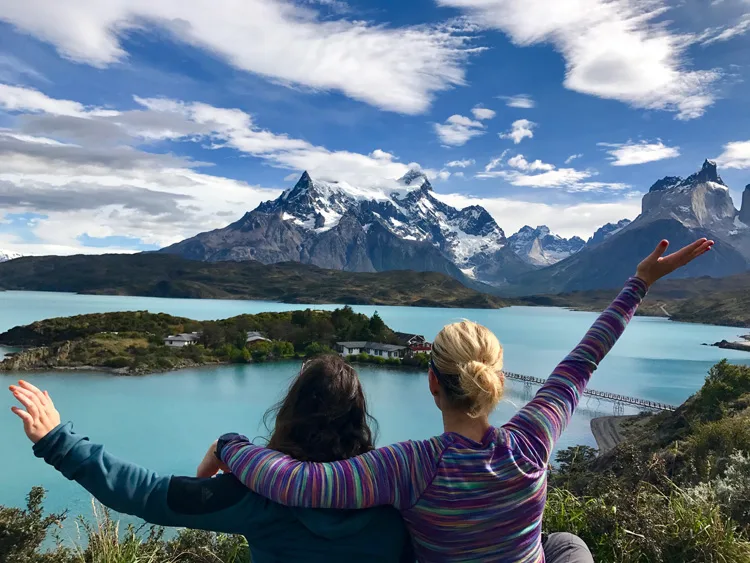
Lauren – The DownLo
…it’s pretty much risk-free
It really doesn’t hurt to try. You can start a blog for free on a site like Blogger and if it ends up going anywhere you can invest later in a domain and hosting and all the other many things you will eventually need. Also, setting up a free blog takes minutes and you can have your first blog post up in a few hours from right now!
…you can inspire others to travel
“One reason to start a travel blog is to inspire people to travel more and to visit places they may have never considered, especially families with young children like us. We have a 3-year-old son and a 5-year-old daughter who started traveling internationally as infants. Exposing our kids to new cultures is the best education and has given us some incredible memories as a family.”
Alexis and Bertaut – World Travel Adventurers
“If you are one of those people who loves creating itineraries, and has a flair for writing it all down along with an even bigger itch to capture memories via photography, then travel blogging can not only be an excellent record of your own pursuits around the world but an equally fun way to share your experiences with friends and family. An added bonus is the inspiration that you provide and the guesswork that you take away from planning someone else’s travel because not most people are super savvy when it comes to organizing itineraries and would be happy to get as much help as possible.
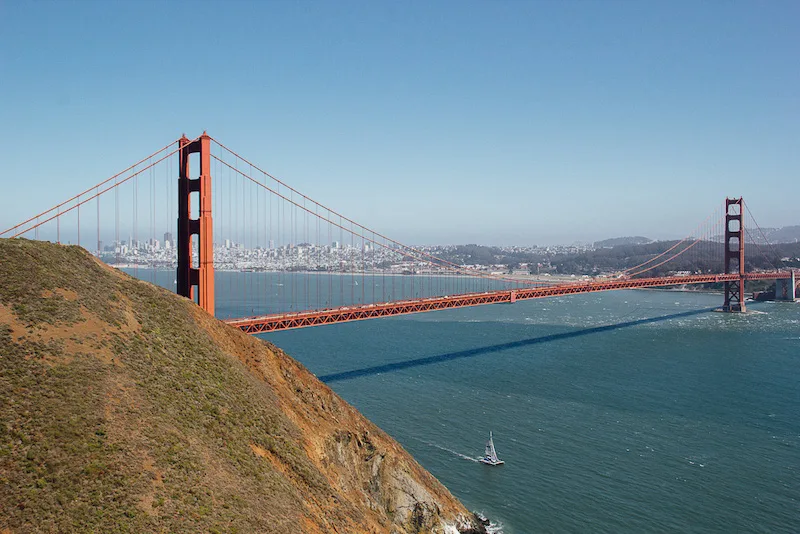
You can also become an expert in a niche of travel. For example, I live in San Francisco and have traveled extensively with my dog in California. Both are pretty niche, i.e., specific topics and my tons of posts on dog-friendly destinations as well as insights into San Francisco have helped many pet parents and SF visitors. Whatever the reason may be, travel blogging is a lot of hard work (if you want to drive traffic to your site) but is extremely rewarding and fulfilling as well!”
Paroma Chakravarty – Year of the Monkey
“You should start a blog if you’re looking to educate and inspire and are passionate about travel. If you’re a topical or destination expert you can help people maximize their vacation time and trip budget. Its a perfect way others can learn from your experiences.”
Lauren – The DownLo
“A travel blog should be started as an extension of ones’ passion for travel. It should serve as a platform for sharing travel stories based on personal experiences. A travel blog in many ways is a vehicle of expression as well as a beacon for other travelers. However, if someone wants to start a travel blog first and travel for the sake of the travel blog and is not really passionate about travel, then it is better not to start it in the first place.”
Sandy & Vyjay – Voyager
…you help others plan their travels
“Yes, you should start a travel blog! I keep a diary generally and often find that I write long drawn out lists of recommendations and what to do’s for friends and family when they are visiting places I’ve been. Blogging for me is simply doing that but in a more public way for everyone to read. That way, when people want a list of things to do, I send them a link to my blog post and away they go! It’s quite amusing now though; some of my friends have got to the point where they’ll read my blog post and then just check there’s nothing else I want to add. I also love reading back through them and remembering things that I’ve done as I do with my diaries.”
Verity – Veritru
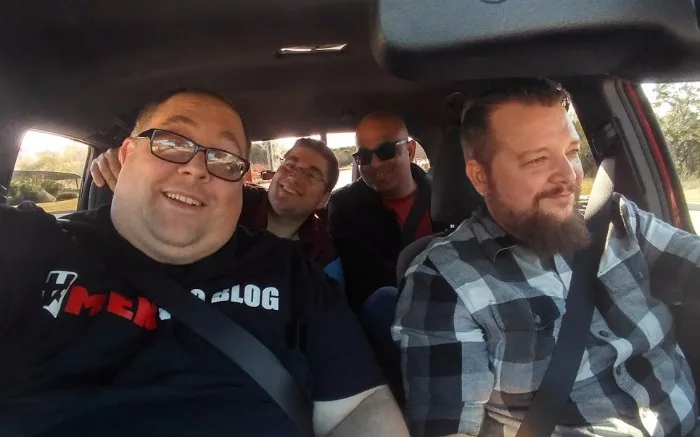
“It’s fun to share your thoughts and experiences. By sharing your travel adventures publicly it’s an opportunity to help other people avoid your mistakes as well as find hidden treasures that you’ve found.”
James from Men Who Blog
“There are lots of good reasons to start a travel blog. The first reason would be the original reason people starting writing travel blogs – to keep friends and family updated with your travels. This is a particularly good reason if you’re embarking on a longer trip, and don’t want to overload your social media feeds, or send out lengthy e-mails.
Another good reason is to help people plan their own travels. You can share your experiences of what worked and what didn’t work for you, and thus help other people who may be looking to undertake a similar trip or experience. If this sounds like something you want to do, check out my guide to being a professional travel blogger to help you get started.”
Laurence – Finding The Universe
“We started a Travel Blog because we wanted to document down our travel journey. We are from Singapore and based in France for 2 years. At the point of writing, we are at our 20th month in France, traveled to at least 18 cities or town around Europe. Drove from Paris to Venice in Italy.
And as we traveled and researched, we realised that there isn’t much information that we can find online at a site. We usually have to visit several sites for our research… So we aimed to provide as much information as possible from our personal experience. From booking a train to taking public transportation in each different cities.
And of course, with these research, we saved a lot of money along the way.”
Donovan – Travelvoila.com
…you will learn a lot about yourself
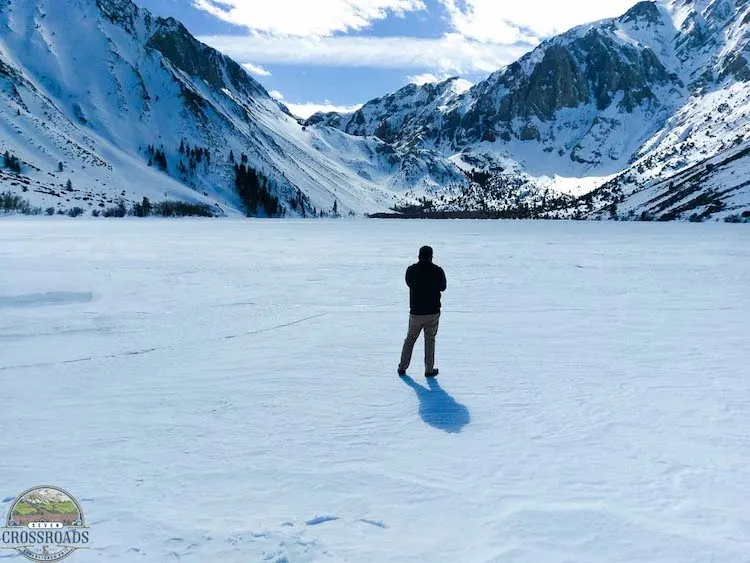
“One thing that really struck me when I started blogging was how much I learned about myself when I started writing. You’d be surprised at how many times you sit down to write about an experience only to realize that who you were at the time and what you thought is different from who you are now. It becomes another deeply insightful journey that affects your writing and how you view your own personal growth.”
Vy Tran – 7 Crossroads
…you become part of an amazing travel and travel blogging community
The travel blogging community is amazing. I had no idea when I started how helpful everyone would be. Whenever I have an issue with blogging or an idea I want to bounce off other people, it’s always easy to connect with someone. It’s so great to network and meet so many wonderful people.
“Travel, and especially long-term travel, can be lonely, but a travel blog can be a great way of meeting other people on the road. There are countless Facebook groups and online communities for travel bloggers and digital nomads, and many have a “where in the world are you” weekly callout that you can use to meetup with other bloggers nearby. Having a travel blog is essentially like joining a meetup group for long-term travellers. There are plenty of other good reasons to start a travel blog (making money is always good!), but being able to meet other people has been one of the biggest unexpected benefits. ”
James – Worldwide Shopping Guide
…You will learn a TON
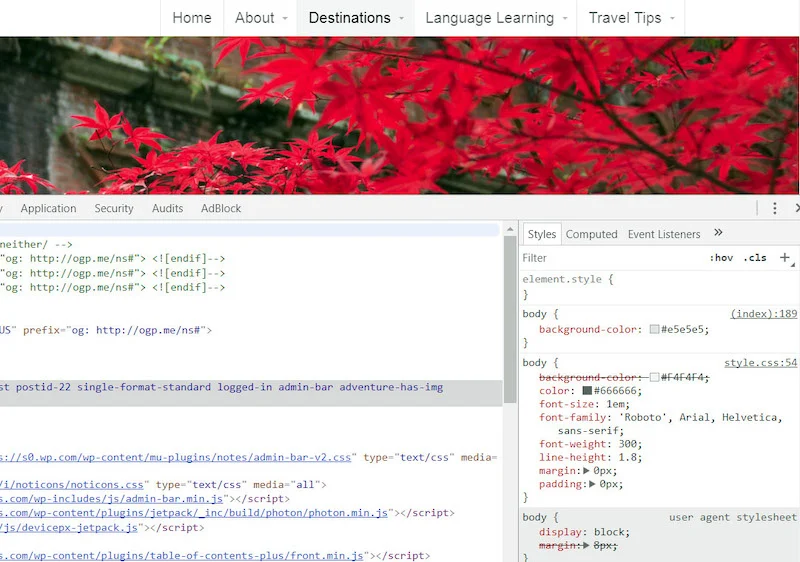
“As a travel blogger, you never stop learning. Content writing, WordPress, HTML and CSS, design, SEO, photography, video, social media, branding, marketing, time management, networking… the list of required skills is endless and ever-evolving. Travel blogging will constantly push you out of your comfort zone and make you grow in new ways. You need to wear a million hats and can never rest on your laurels in this fast-paced, competitive market. Sometimes the learning curve gets overwhelming, but fortunately, there are fantastic learning resources available and a supportive online community of fellow bloggers to help. If you love learning and thrive on novelty and challenge, travel blogging could be a good fit. You will find it endlessly fascinating, absorbing, and addictive, but never boring.”
Ingrid Truemper – Second-Half Travels
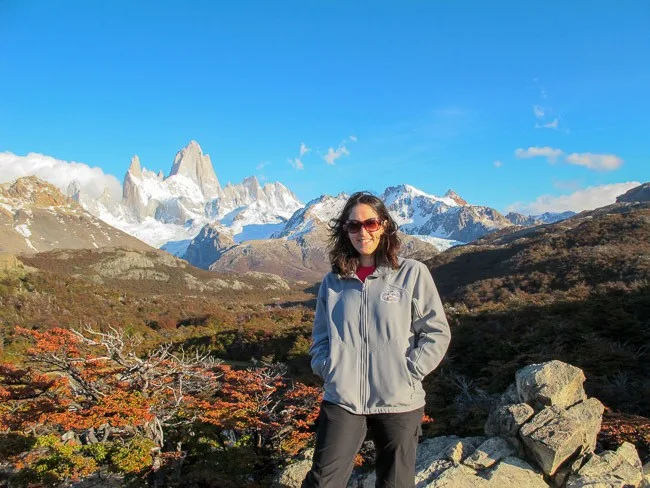
“Starting a travel blog is an incredible source of professional and personal development. Blogging is made up of so many skills from creative, like writing and photography, to strategic, like analyzing data to grow your traffic, and people-skills as you build a community and develop business partners. Your confidence will grow from traveling to new places and building a site from the ground up. You’ll inevitably face challenges and will need to be resourceful, as well as teach yourself new skills, to overcome them. Combine that with the connections you’ll make with other bloggers and like-minded readers and the entire experience comes together to create incredible individual growth. You’ll suddenly see new pathways, possibilities, and opportunities you never realized were there.”
Jackie Sills-Dellegrazie – The Globetrotting Teacher
“A great thing about having a blog (travel or not) is that it will enhance opportunities to learn new things. Things that you probably never heard before or never thought about learning. I’m talking about knowing everything about social media, digital marketing and SEO, but also, learning how to shoot videos, take amazing pictures and then editing them. Finally, let’s not forget that it will also improve your writing skills!”
Jorge – Travel Drafts
…you can get free travel
Yes, it’s true! Once you have an established blog and can offer something of value to destinations, you can actually get free stuff. For me, it started with discounts and upgrades. Later I started getting complementary entrance into theme parks, tours, and free meals. Now I often get complimentary hotel stays. All of this makes travel more affordable, however, you still need to provide good coverage in return for the experiences you receive for free.
…you never know what amazing opportunities will come your way
“You just never know what kind of interesting opportunities a travel blog might lead to. I have been blogging and podcasting since July 2005 at AmateurTraveler.com. If you had told me that it would eventually get me invited to the Whitehouse or get me a press pass for the day to cover the visit of the pope and the Jordanian Royal family to the baptism site of Jesus, I certainly would have wondered what you were smoking. While doing a travel blog and podcast has certainly not made me rich (and looks unlikely to anytime soon), it has led to some amazing opportunities.
I have led group trips to Morocco, Cambodia and India. I have gone whitewater rafting in Dinosaur National Monument and hot air ballooning at the Albuquerque International Balloon Fiesta. I have gone “round the horn”, been to palaces and landed on a glacier in a small plane. When people take the test for English proficiency for the Foreign Ministry of Thailand, they are required to listen to two episodes of the Amateur Traveler and are graded on their comprehension. You just never know what getting your voice out there will do or where this journey will go.”
Chris Christensen – AmateurTraveler.com
…it will encourage you to travel more
Be prepared to be inspired. See what other travel bloggers are doing and wanted to create amazing content will make you that much more enthusiastic about getting out there!
“Travel blogging can give you your own encouragement to get out and experience new places. You must be prepared to always write content and to make it well-informed content you must go out and experience it yourself.”
Dean – Life Out The Hive
…you give yourself a platform to be a part of the conversation
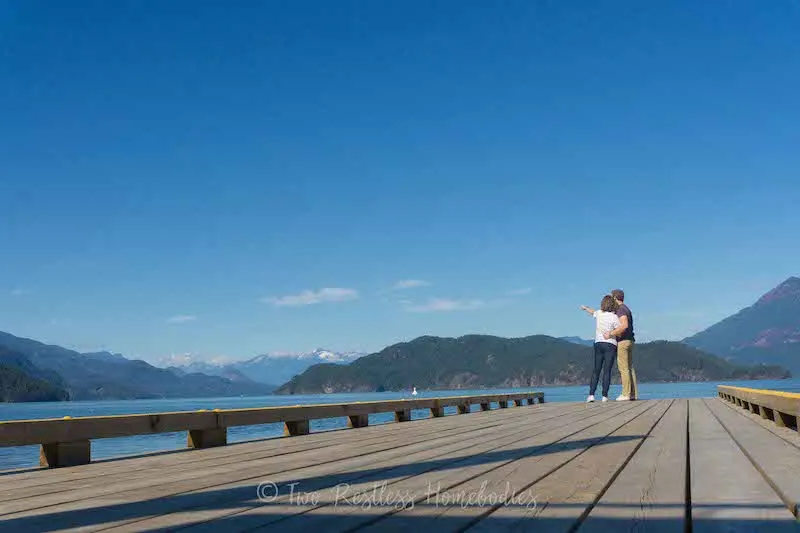
“Start a travel blog because you want to add to the conversation, not just to be the star of it. We already have “influencers” showing us the unrealistic side of travel with flowy dresses, floppy hats, and perfect makeup. Your fellow wanderlusters aren’t looking for more of that. Rather, traveling has a wonderful tendency to open you up to the world and all its infinite possibilities, and if you want to be a conduit for that openness, a layman educator about the world through your eyes, feelings, and perspective – regardless of your method or medium – then I can’t think of a better reason to start a blog.”
Meagan – Two Restless Homebodies
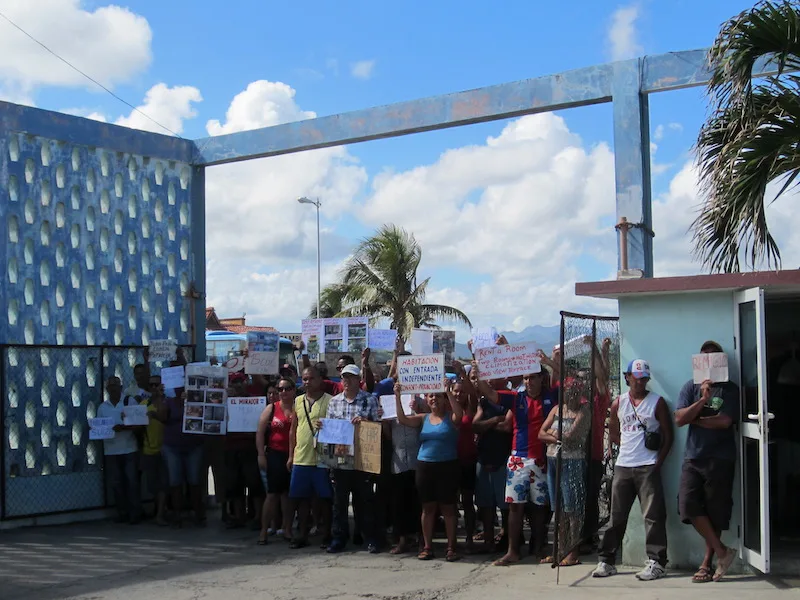
“One of the main reasons to open up a travel blog is to be able to say whatever you want about a destination or a travel experience, without fearing to be censored by anybody else. Surely, that’s what pushed me to do it. I was tired of reading incredibly sugar-coated versions of places I’d visit, and of having to curb what I’d say for fear of not being published on other sites, or seeing my words cut because I had expressed some negative opinions. It was during a trip to Cuba, whose people had been described as incredibly kind and generous and turned out to be real sharks and scammers, that I decided it was time to create my own platform so that I could give my honest, humble opinion. To date, my posts about Cuba are some of the most popular ones.”
Claudia Tavani – My Adventures Across The World
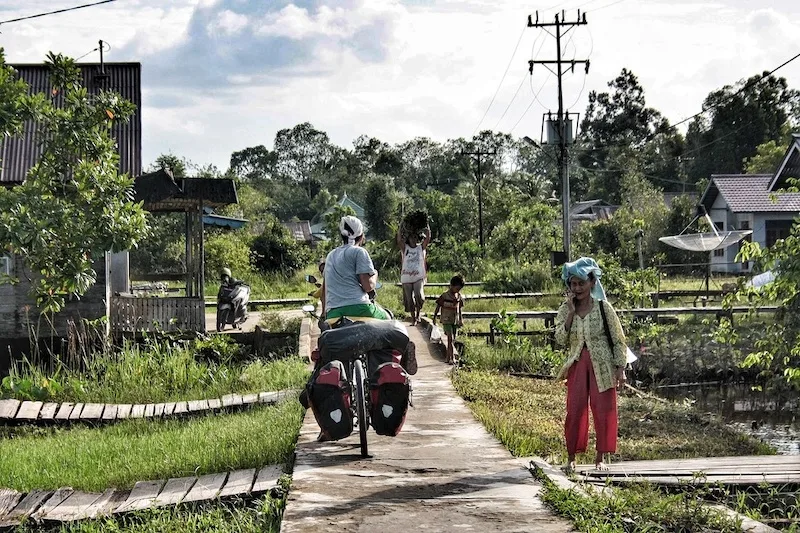
“Every day, hundreds if not thousands of new travel blogs are launched, going to increase the already astounding number of travel resources online. Seems that this topic is already saturated, so why should anyone start a new blog?
In my opinion, there’s still a lot to say about places and way of travel that are not extensively covered yet by anyone out there on the world wide web. If your plan is to tell everybody about your weekend in Paris, go for it if you want, but don’t expect people to read your write-up.
If you instead are traveling in a different way, going to places not many people go, doing things not many people do, then you might really have something useful to say that could inspire others.”
Daniele Giannotta – Cycloscope | Bicycle touring Planet Earth
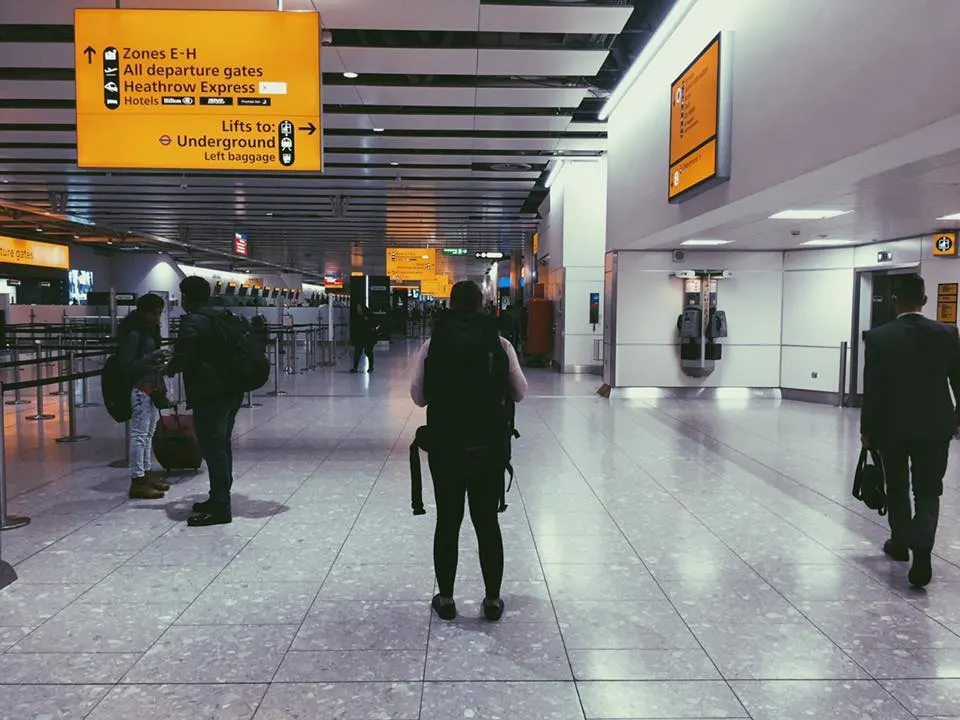
“Why should you start a travel blog? To challenge the norm.
Digital nomadery seems to be gaining momentum, and it seems like unless you’ve managed to sustain a suitcase-lifestyle – you haven’t made it. But what about those of us who love to travel, but equally love having a fixed location?
So while on the surface The Millennial Runaway appears as not-another-travel-blog, my underlying objectives delve a little deeper than that. My mission here is to encourage others to stick the middle finger up to societal pressures and travel by whatever means necessary.
I hope that in recounting my experiences I will encourage others who work full-time to travel, and not be overcome with social pressures and media trends.”
Charlotte – The Millennial Runaway
…it builds up your confidence
“As far as I know, some of my friends travel more extensively than I do, but in general people still look up to me. I get messages from friends or random people that I’ve inspired them to go out or even travel solo even as females, to venture to places that are deemed “dangerous” by the media. The fact is how people view the lifestyle of travel bloggers boosts one’s self-confidence. The recognition of what I do and how it affects other people’s opinions and lives make me feel that I am doing something right. When people ask me about hobbies and I say I do travel blogging, I say this with pride.”
Katherine – Tara Lets Anywhere
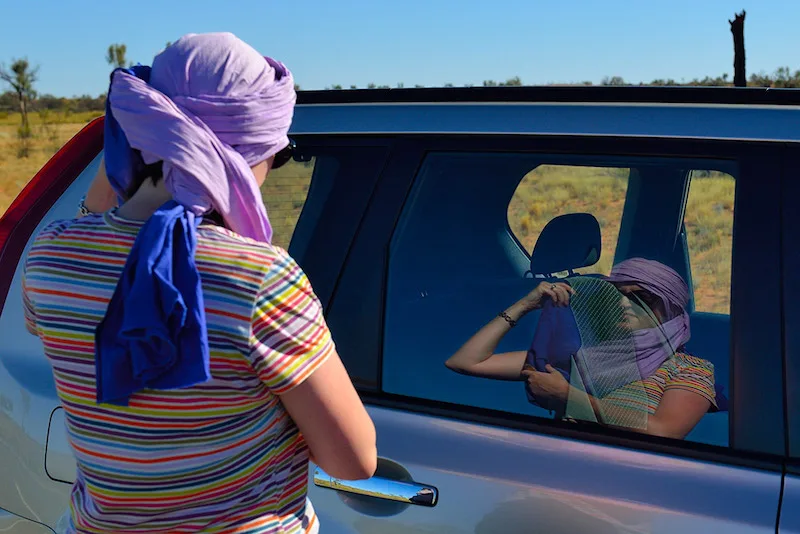
“I started traveling quite young when there were no Instagram or selfie sticks… I loved the freedom, the discovery and my traveling solo at a young age was considered quite bold. I met my future husband whilst backpacking through Vietnam and moved to Australia. After that, travel was limited to going home to France every couple of years to visit family and I kind of lost the confidence to explore. I started my blog a couple of years ago, wondering if I was a fraud because I actually did so little travel… Since then, I have traveled more and writing about travel has reignited my passion for it. Having a creative outlet and an audience has framed my view of everything around me: I take photos, I research, I write and I create. My travel experiences are all the more meaningful. Interestingly, I have a more active and structured approach to travel now that I have to create content for my blog. But the most exciting part is that I have regained the confidence to explore again!”
Delphine – Lesterlost
Good or Bad, it will definitely change the way you will travel
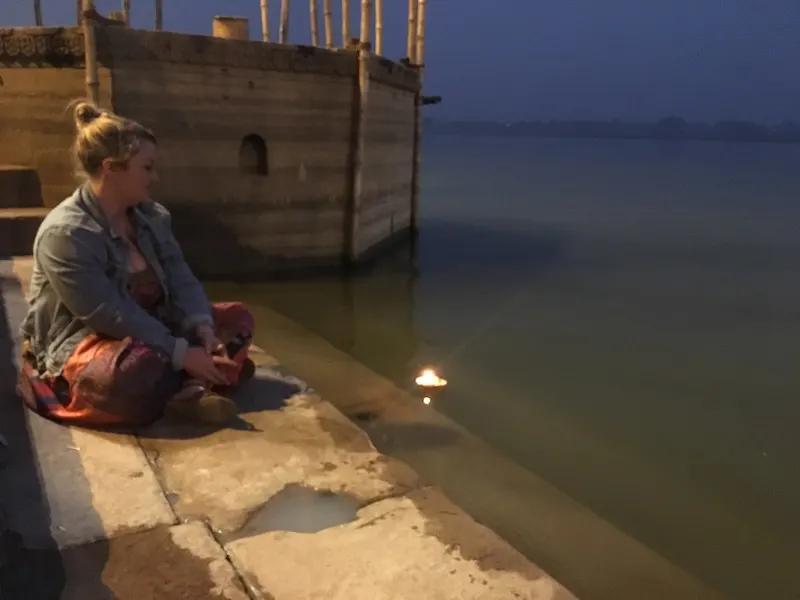
“If you start a travel blog, be aware that never again will you be able to travel in the way you’ve always been used to – ‘holidays’ will become a thing of the past. Taking the perfect selfie or snapping your surroundings will suddenly take a whole lot more time than it did before. On top of that, you’ll also find yourself wanting to capture more video. And the process doesn’t end there – when you get home, you’ll spend hours editing your photos and videos until they’re picture perfect.
Also, if you’re anything like me, after you first few hotel reviews, you’ll also find yourself scrutinizing every last detail of you’re accommodation. It can be difficult to just relax and unwind in the way that I did before I began travel blogging.”
Kacie Morgan, The Rare Welsh Bit
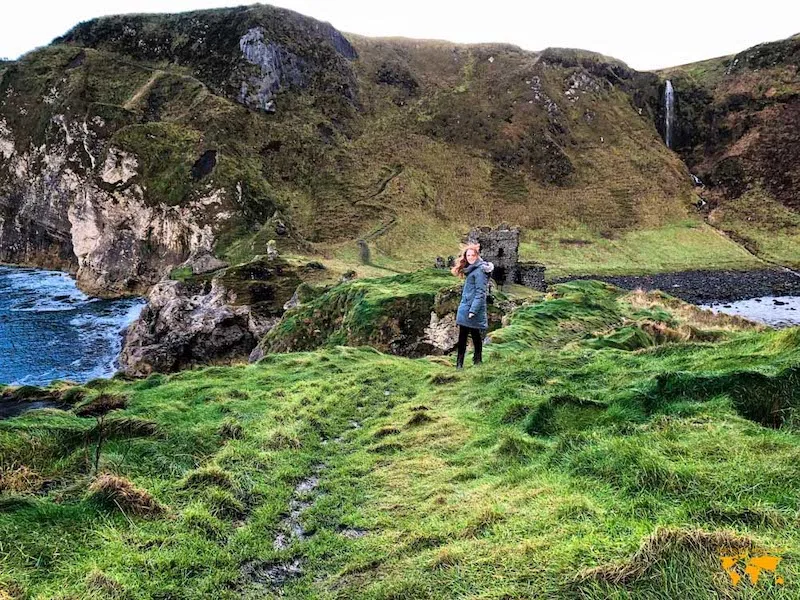
“There are many reasons why starting at travel blog has been one of the best and most enjoyable things I’ve done, but there are also the downsides. One of the things that I think many of us travel bloggers struggle with is just being in the moment of our travels. We have to train ourselves to not just go into a country or experience and think “What’s the best Instagram angle for this?”, “What can I post about on this trip?” and constantly thinking what to write, or spending time while on vacation making notes or posting about it constantly. Sometimes it can be hard to switch off the travel blogger part of your brain and just sit in the moment, savoring the experience and enjoying it without anything attached to it. You get better at it over time, but its one thing that has changed my perception when traveling and not always for the better. I make an effort to fully absorb myself into each destination and switch off the expectations and responsibilities towards my blog. It’s important to keep that in mind when starting a travel blog.”
Nikki – The Traveling Ginger
However, you should not start a travel blog…
…if your only goal is to get free stuff
Being a travel blogger opens up tons of opportunity for free things when you travel. After growing an audience you can start to request complimentary or discounted stays hotels, into attractions, tours and much more. However, the amount of work it takes to get to that point is usually not worth it. Additionally, whenever you accept something, it is expected that you share your experience with your following, taking up even more of your time.

“It that takes a lot of effort to get free trips and you need something to motivate and sustain you as you work like a beast to get to the point where you’re influential enough to be invited by people to go places.”
James – Man Tripping
“It’s a lot more work than you think and you have to be so disciplined for social media not to take over your life. It also means you rarely switch off on holiday as it becomes your work.”
Jenny – TraveLynnFamily
… because it can take over your life
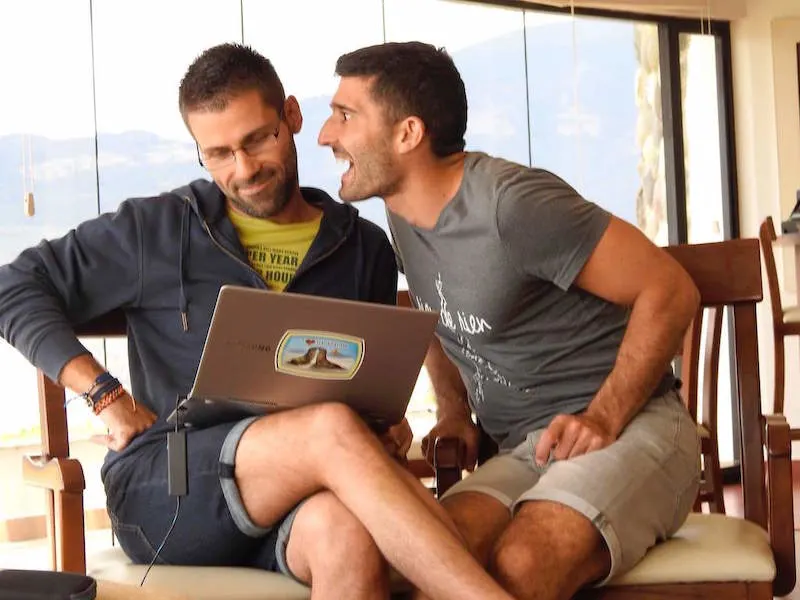
“Your travel blog can completely take over your life – like a drug. Seriously, it’s very addictive and you’ll jump into it with everything you have at first and you’ll love every second of it, not being able to leave it alone!
Now obviously that’s an amazing thing and we have loved every minute of growing and developing the Nomadic Boys travel blog. But as you progress and make it more and more into a full time business, you spend all your time and energy on it. The real struggle then is learning when to let go, and leave it alone for a while in order to get the work/life balance right.”
Stefan Arestis and Sebastien Chaneac – Nomadic Boys
“I read once that to succeed as a blogger you need to be obsessive and a little bit masochistic. Pursuing travel blogging seriously is so time-intensive that it can easily take over your life. In the beginning, while getting your blog off the ground, that kind of effort might be necessary, but long-term it can lead to burnout. Maintaining work-life balance for a driven self-starter type is tough, especially when there is a little natural separation between your personal and professional life. To make your blogging career sustainable, it’s important to set good boundaries and establish healthy routines — extra challenging when leading a nomadic lifestyle.”
Ingrid Truemper blogs at Second-Half Travels
“If you are thinking of starting a travel blog you need to understand how difficult it is! There are over one million travel blogs in the world and on top of that you have to compete with travel sites (tripadvisor and others), travel guides (lonely planet for example), booking sites and even newspapers. Travel is an incredibly competitive niche!”
Jorge – Travel Drafts
… if you want a quick way to make money or build fame
“Most travel bloggers do not get rich and famous. The joke goes: how do you become a rich and famous travel blogger? Get rich and famous, then start a travel blog.”
Chris Christensen – Amateur Traveler
“Running a travel blog is hard work. It requires commitment, dedication, and determination – and that’s before we get onto your creative abilities!
Travel blogging is a saturated industry – there are 250,000,000+ entries when you search ‘travel blog’ in Google and each one of those (and more if you include Instagram only ‘blogs’) will be your competition. To stand out form them you’ll need unique and engaging content, a niche to find your audience, a loyal social media following, passion to follow your dream and to be your own cheerleader.
That’s not to say you can’t make money with a travel blog, or work with companies on a collaborative basis – many of us do – but it doesn’t happen overnight; and don’t even start asking for ‘free stuff’ (which is not really free – it’s an exchange of services for product – calling it free devalues every creator out there) – until you can show brands and sponsors that you can provide a positive ROI.”
Vicky – Make Time To See The World
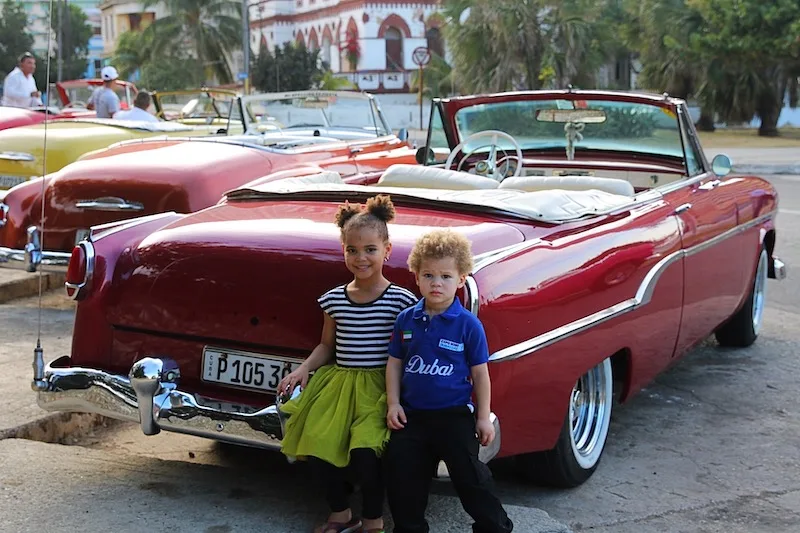
“Don’t start it with the intention of getting rich quick. Blogging requires a lot of work, time, nonstop learning, and sacrifices along the way. It is not as easy as some people believe and you will need dedication and determination to be successful.”
Alexis and Bertaut – World Travel Adventurers
If all you want is money you won’t enjoy blogging and it will become a chore (followers first). Blogging takes time and patience, taking a long time of building a brand before money is made. Those just wanting money are not normally this patient. You have to love the job.
Dean – Life Out The Hive
“I’d say a bad reason to start a travel blog is because you want to get rich or famous. Certainly, this is in theory possible, but it should not be the driving factor. Travel blogging is quite a lot of work, often for no immediate reward, and there are definitely easier ways to make money – even when traveling full time!”
Laurence – Finding The Universe
A travel blog is not a get rich quick scheme. It’s hard work, long hours and often very poor pay. People dream of traveling the world and running a blogto cover their travel costs. But that work is hard to do when you are busy traveling and you have no wifi or time to sit and pump out several social media posts or write a blog post. And while often travel perks are included, unfortunately, they don’t pay the bills… Or your accommodation and food when you are no longer on the job.
BUT! I would never give up my job. It is hard work and it does take long hours. But I love it. It’s a creative outlet that lets me share my passion with the world. With 74 countries under my belt and two kids that Forbes claimed were “the most well-traveled kids in the world” I have information, I am dying to share. Knowledge I’d love to impart. With the right attitude and motivation, I will always recommend starting a travel blog. As long as you have the creative passion to run it. Because you can’t be in it for the money.
Erin – Explore With Erin
…because a life of travel can be a bit alienating
“Leading a nomadic existence puts a strain on personal relationships. Changing interests and constant absences can cause you to drift apart from hometown friends. Other friendships will fade due to the envy of your newfound freedom and seemingly glamorous lifestyle. You’ll bond intensely with incredible kindred spirits you meet on the road, but often never see them again except on social media. And if you’re not traveling with your significant other, it’s difficult to date or maintain a long-distance relationship when you’re always on the move. The good news is that you’ll quickly find out who your true friends are — the ones who make an effort to stay in touch and support you through thick and thin.”
Ingrid Truemper – Second-Half Travels.
… since your personal travel stories alone aren’t enough for a successful blog
“So you have been to some really amazing locations, seen some really awesome sites, and do some of the coolest things ever. Now you want to tell people all about your great experiences. This does not mean you should start a travel blog. If sharing your excitement about your journeys is your motive, it will be a serious letdown!
The truth is people read travel blogs for themselves. They don’t really care about what you have done. They want to know what they can do. Your experiences may be inspiring, and they may attract a few readers. But getting a lot of readers requires giving them what they need so they can have amazing experiences too. This takes a whole lot more than just telling your story, and it is hard work.
Maybe you just want to document your adventure, like a diary. Perhaps you will be satisfied when your mother and cousins read it. Great! Make a personal blog. But if you are hoping for an enthusiastic group of followers, a log of your adventures is not going to get them.”
Roxanna – Gypsy With a Day Job
So will you start a travel blog?
“If starting a travel blog has been on your mind for a while (it took me a few months to actually do it), I don’t see why not. It takes hard work, as many others around here probably will tell you, but if you really want it and are willing to try your best; there is still room in the blogosphere for you! Do not delay it more, don’t do it for the money, get ready to work and good luck! Can’t wait to see what you have in store!”
Inma Gregorio runs A World to Travel
He is an expert travel advisor and enthusiast. He has traveled extensively in the USA, Central America, South America, and Europe. He has visited every Sandals Resort and is one of a select few Diamond Elite members of the Sandals Chairman’s Royal Club.
Dan graduated from Johnson & Wales University with an associate degree in Culinary Arts. Later he graduated from the University of Utah with a bachelor’s degree in International Studies with a focus on people and culture.


travel and treatz
Monday 5th of March 2018
I think this is a great post. I recently started blogging, for most of the reasons you listed as to why to start a blog. Learning, never knowing where it leads and personal change were my main drivers. As i struggle with this journey and sharing my experiences, I can totally relate to my journey isn't enough. A few people (non bloggers) always say to me, people like the personal stuff... i always think, they read a blog because they are trying to find out something themselves. It' really is a complicated journey!
Thanks for sharing!
Delphine
Saturday 27th of January 2018
Hi Dan, thank you for featuring LesterLost on this post. There are so many reasons why people travelling and want to tell their stories! Even if your readers don't start a travel blog, I hope their travel more!